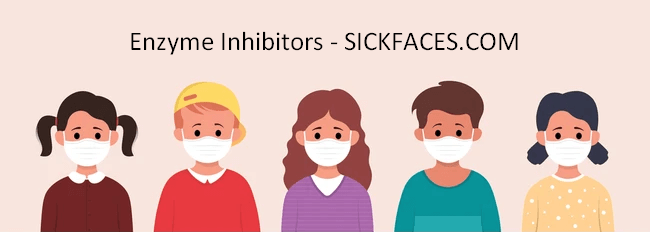Cytochrome P450 Inducers Mnemonic: SCRAP GP Sulfonylureas, Smoking Carbamazepine, Corticosteroids Rifamycins (Rifampicin, Rifabutin) Alcohol (Chronic) Phenytoin Griseofulvin Phenobarbital Cytochrome P450 Inhibitors Mnemonic 1: VIDEOCASE Valproate Isoniazid Disulfiram Erythromycin, Clarithromycin (not Azithromycin) Omeprazole Cimetidine Allopurinol Sulfonamides Ethanol (Acute) Mnemonic 2: SICKFACES.COM Sodium valproate Isoniazid Cimetidine Ketoconazole Fluconazole Alcohol (Acute) Chloramphenicol Erythromycin…
Category: PGMEE, MRCS, USMLE, MBBS, MD/MS
Medical knowledge in bullet points with understandable language, simplified images and graspable mnemonics.
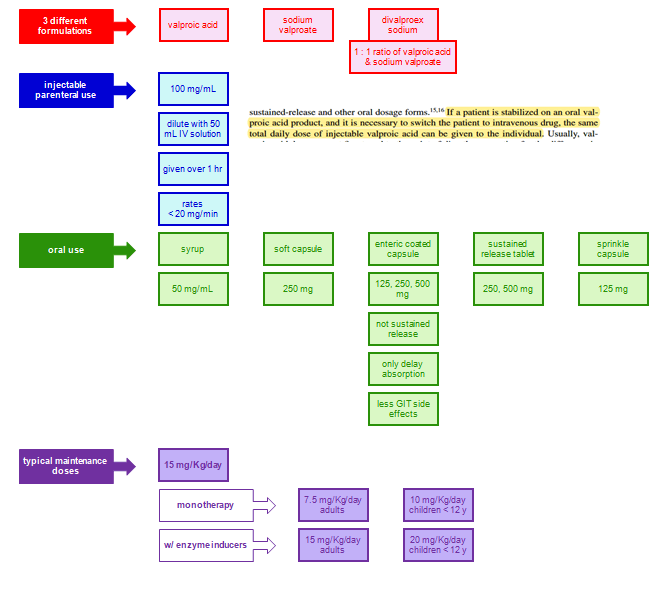
Valproic acid (Valproate) : Pharmacology
Dosage and Absorption VPA is absorbed through the small intestine, and delayed- and extended-release forms are designed to extend the dosage interval and bypass the stomach to reduce dyspepsia. The liquid and tablet forms have a more than 10-fold higher absorption rate constant than the extended-release forms and peak at…
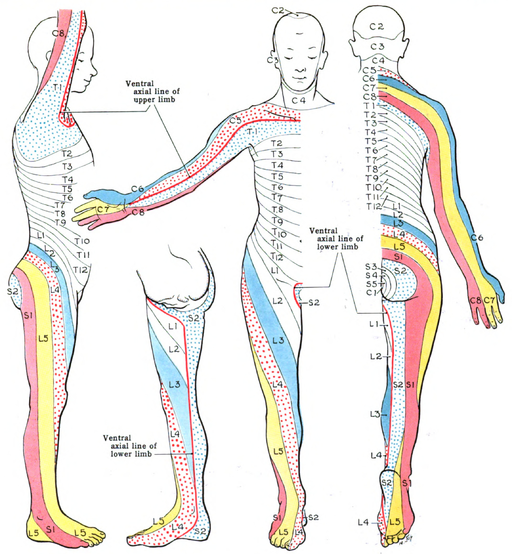
Dermatomes : Mnemonic
Note: C1 doesn’t have a sensory branch For the purpose of making learning easier, we divide the remaining dermatomal segments into 4 groups which will be accompanied by analogies and mnemonics. C2-C4 These supply the “hooded cape” region. C2: hood region abutting the trigeminal distribution C3: upper neck C4: lower…
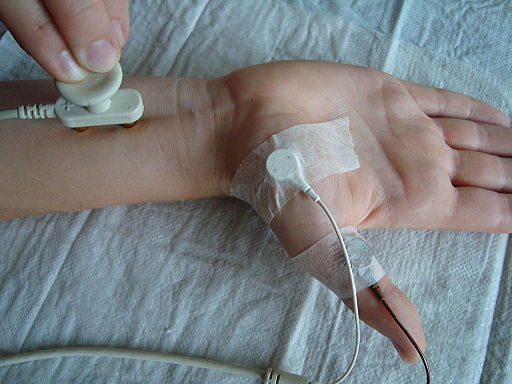
Nerve Conduction Study (NCS) and Electromyography (EMG) : Mnemonic Approach
Nerve Conduction Study (NCS) In the Nerve conduction study, assessment must be done for ABCDEFGH. Action potential Amplitude Measures the height of response in millivolts (mV) for motor nerve and microvolts (μV) for sensory nerve Indicates quantity of axons contributing to action potential Block of conduction CMAP on proximal stimulation…
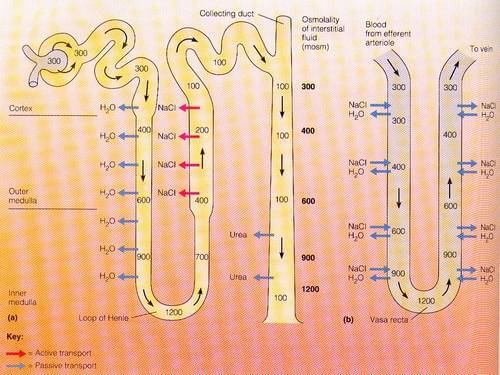
Renal Counter-Current Mechanism Made Easy
The term counter-current means flow in opposite direction. The renal counter-current mechanism comprises of: Flow of filtrate in opposite direction in nephron loop (down the descending limb and up the ascending limb of LOH or Loop of Henle) – that functions as a counter-current multiplier Flow of blood in opposite…

Neurofibromatosis type 1 Criteria : Mnemonic
Mnemonic: 2 out of ABCDEFG 1. Axillary or inguinal freckling 2. Bone lesions (sphenoid dysplasia, tibial pseudoarthrosis) 3. Cafe au lait macules/spots (>/= 6 in number; >/= 5 mm in prepubertal and >/= 15 mm in postpubertal) 4. Dermatologic neurofibroma 5. Eye hamartomas/Lisch nodules >/= 2 6. Family history (first…
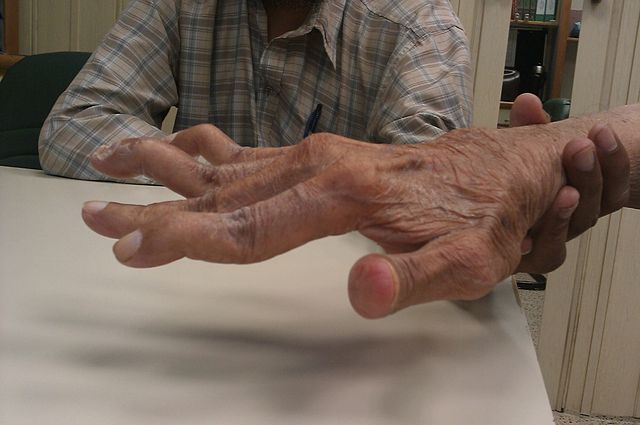
Boutonniere and Swan neck Deformity – Pathophysiology
Understanding of the Boutonniere and Swan neck deformity requires clear concept of the finger extensor apparatus, which has been discussed here. The extrinsic extensor tendons trifurcate giving a central slip which attaches to the middle phalanx base and two lateral slips which join with lateral band (formed by intrinsic muscles…
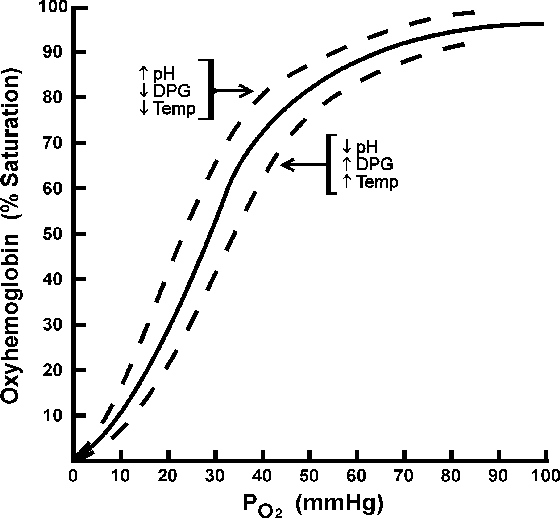
Oxygen Hemoglobin Dissociation Curve : Mnemonic
The oxygen hemoglobin dissociation curve is sigmoidal in shape because the binding of 1st oxygen molecule is difficult, however once bound, they facilitate the binding of subsequent molecules until the saturation is reached (plateau). This is called the allosteric interaction (cooperativity). Lets come to the mnemonics now. The curve can…
